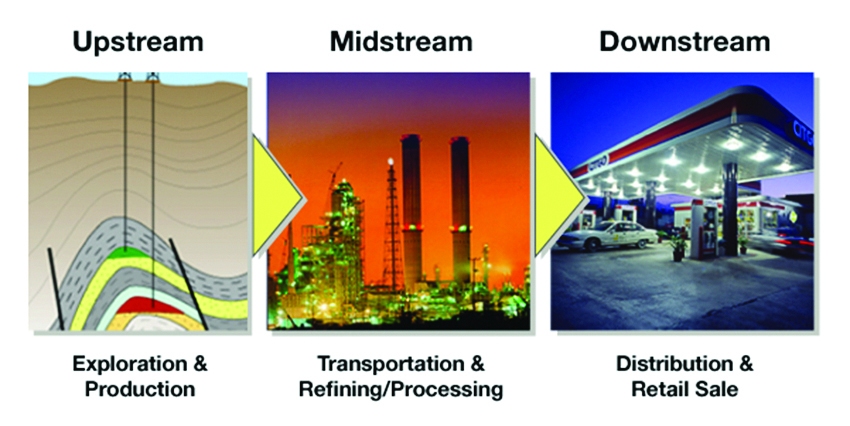Dutch Disease explained
Does a person have it? Definitely not, it is not a medical condition; it is an economic condition. In the 1960s, much natural gas was found off the coast of Holland. By the 1970s, the oil and gas rush in that country had raised the value of the DUTCH Guilders (the name of the currency before the Euro) to a level where their manufacturing exports were no longer competitive.

In layman’s language, because the currency appreciated due to oil and gas revenue, it created a condition where too much foreign currency inflow (caused by the oil trade) was chasing too few local guilders. This caused the price of the local currency to become more expensive. The more expensive guilders caused everything made in Holland to become more expensive in the export market. This forced foreign customers to dump the Dutch products and look elsewhere for similar products more competitively priced.
For example, there was a boom in cheese exports from New Zealand. The product was found to be of quality similar to, but cheaper than, the Dutch cheese. This situation happened all across the Dutch manufacturing and agricultural sector, causing a major unemployment crisis, although oil and gas revenue was expanding.
In the case of Guyana, if the oil revenue is not channelled skilfully, we can find ourselves in a situation where the production cost for our rice can skyrocket to a point where no foreign market will touch our exports. In such a case, it would make better sense for the rice farmers to down tools and sit at home and collect a Government handout, which can be facilitated by the oil revenue. But that will cause tremendous harm to the long-term productive capacity of the economy, especially its work ethics.
An Example
Say it costs a local farmer Gy$1,000 to produce a bag of paddy (US$5 at an exchange rate of Gy$200 to US$1) and then he sells it to Mexico for Gy$1,200 per bag (US$6). In a situation where there is no Dutch Disease, it would cost most farmers around the world about the same to produce a bag of paddy if it were priced in Guyana dollars. When the oil revenues come along, our rice farmer would still produce his rice at Gy$1,000, but now the Guyana dollar gets more expensive as a result of the oil revenue. In this example, let us say it appreciates to G$150 to US$1. Because of oil revenue, the cost of production for the local rice farmer becomes US$7, rather than US$5 before the Dutch Disease. In the new condition, the rice farmer cannot continue to sell his paddy to Mexico for US$6 per bag, but may have to charge US$8 per bag, and Mexico will say, ‘No, thank you, Guyana, I can buy the same paddy from Vietnam for US$5 per bag’. There goes our rice industry, and the livelihood of 12,000 rice farmers, their workers, and their respective families.
What is Midstream?
Midstream is the function of the oil and gas industry in providing the vital link between producing areas and population centres, where industrial, refining, and residential customers are located. Transportation, transmission pipelines, storage and front-end processing plants are the major assets in the midstream oil and gas industry.
What is Downstream?
Advanced processing and selling of refined products made from crude oil are classified as downstream activities in the oil and gas industry. Key downstream industries include the petrochemical industry, product marketing, and wholesale and retail of oil and gas-related products. This is where the most jobs and the most profits in the industry reside. So, in summary: Upstream is drilling down and extracting up raw materials, e.g. oil & gas; Midstream is transport oil & gas to refineries, storage, and front-end processing; while Downstream is the distillation, refracting and production of the final materials, which we all buy and use and also includes the high-technology petrochemical industry, such as fertilizer production, etc.
Safety and environmental considerations are critical in all ‘streams’: in upstream, there is the potential for uncontrolled explosions and environmental spills; in midstream, there is the risk of impacts and, again, spills; and in the downstream, again, the risk of explosions and chemical contamination. You just need to read the accident investigation reports from major incidents to understand these; e.g. Piper Alpha, Grangemouth, Texas City, Exxon Valdez, for a start. Hopefully, the above information is sufficient to push forward the conversation about the production process, which shall be written about next week.
By Sase Singh
July 28, 2017






